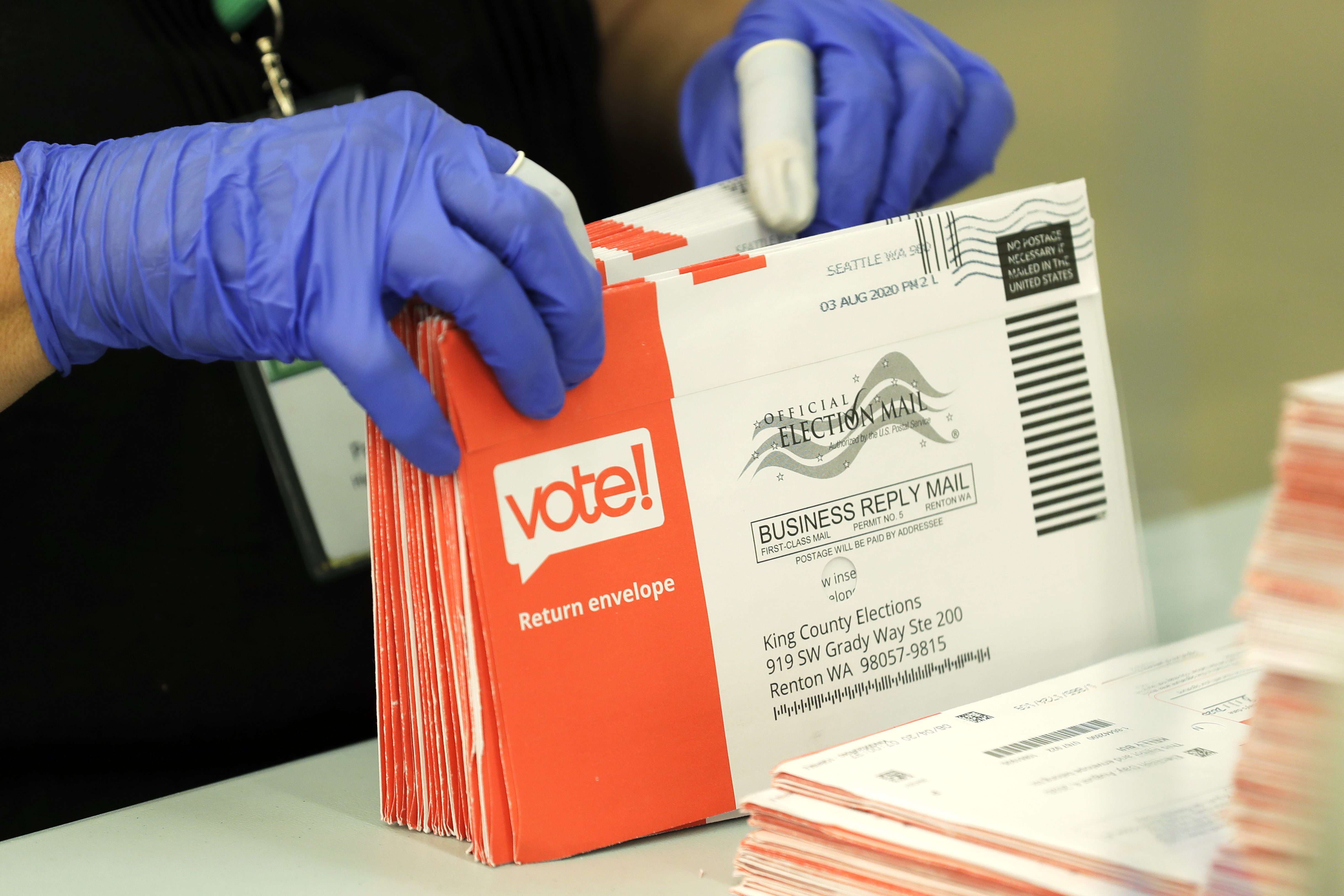Capital Area Food Bank Hunger Report Survey

Problem
Data were lacking on the scope of food insecurity across the region.
Although the COVID-19 pandemic and its economic effects declined as a top concern for residents of the Washington, DC metropolitan area, concerns about the impacts of inflation on personal finances have sharply increased. Further, the Capital Area Food Bank (CAFB) and its network of partners continued to see a high level of need for food assistance.
Solution
A groundbreaking survey measured the prevalence and attitudes on food insecurity.
The Capital Area Food Bank partnered with NORC at the University of Chicago to conduct its third landmark general population survey in the region, reaching over 3,600 residents. NORC used a probability-based sample and took a multi-mode address-based (or ABS) approach with adults in the D.C. metropolitan area, which includes the following areas: Montgomery County, MD; Prince George's County, MD; Fairfax County, VA; Prince William County, VA; Arlington County, VA; Alexandria, VA, and Washington, DC.
Previous rounds of the Hunger Report are available for 2023 and 2022.
Result
The survey’s insights can improve the understanding of food insecurity and inform solutions.
The 2024 Hunger Report highlights the rates of food insecurity in the greater Washington, DC region over the past year and paints a picture of the different economic hardships and financial concerns across the nation’s capital and metropolitan area.
The survey shows the different factors that have contributed to food insecurity remain at high levels across the region. The survey also provides key insights into the demographics of those experiencing food insecurity and provides evidence showing the persisting disparities across these characteristics. The 2024 Hunger Report offers recommendations to address food insecurity's root causes and build greater equity and economic participation across the region.
Among the findings:
- The rate of food insecurity has remained at similar levels to 2022 and 2023 with about one-third of adults in the Washington region living in households experiencing food insecurity.
- Inflation or higher than usual prices across a variety of goods and services like groceries or food, gas, water or other utilities, as well as rent or housing stand out as some of the major drivers of food insecurity among adults in the region. Other factors include the lingering impacts of the COVID-19 pandemic on employment and the rollback of pandemic government assistance programs.
- The survey also provides insights into people’s attitudes and awareness about food insecurity as an issue in their community, the DC metro area, and the country overall.
Related Tags
Project Leads
-
Jennifer Benz
Vice PresidentProject Director -
David Sterrett
Principal Research ScientistSenior Staff








